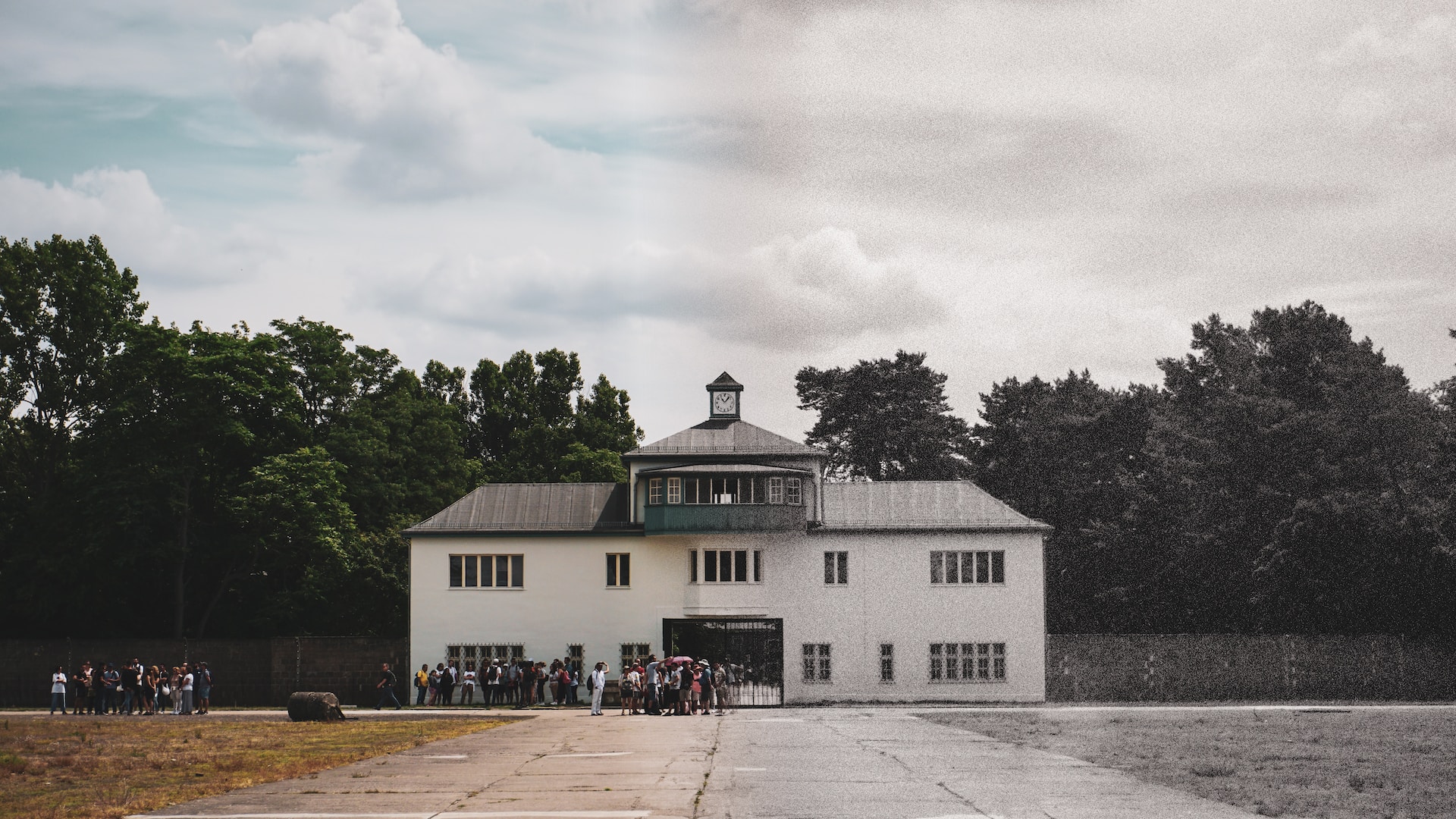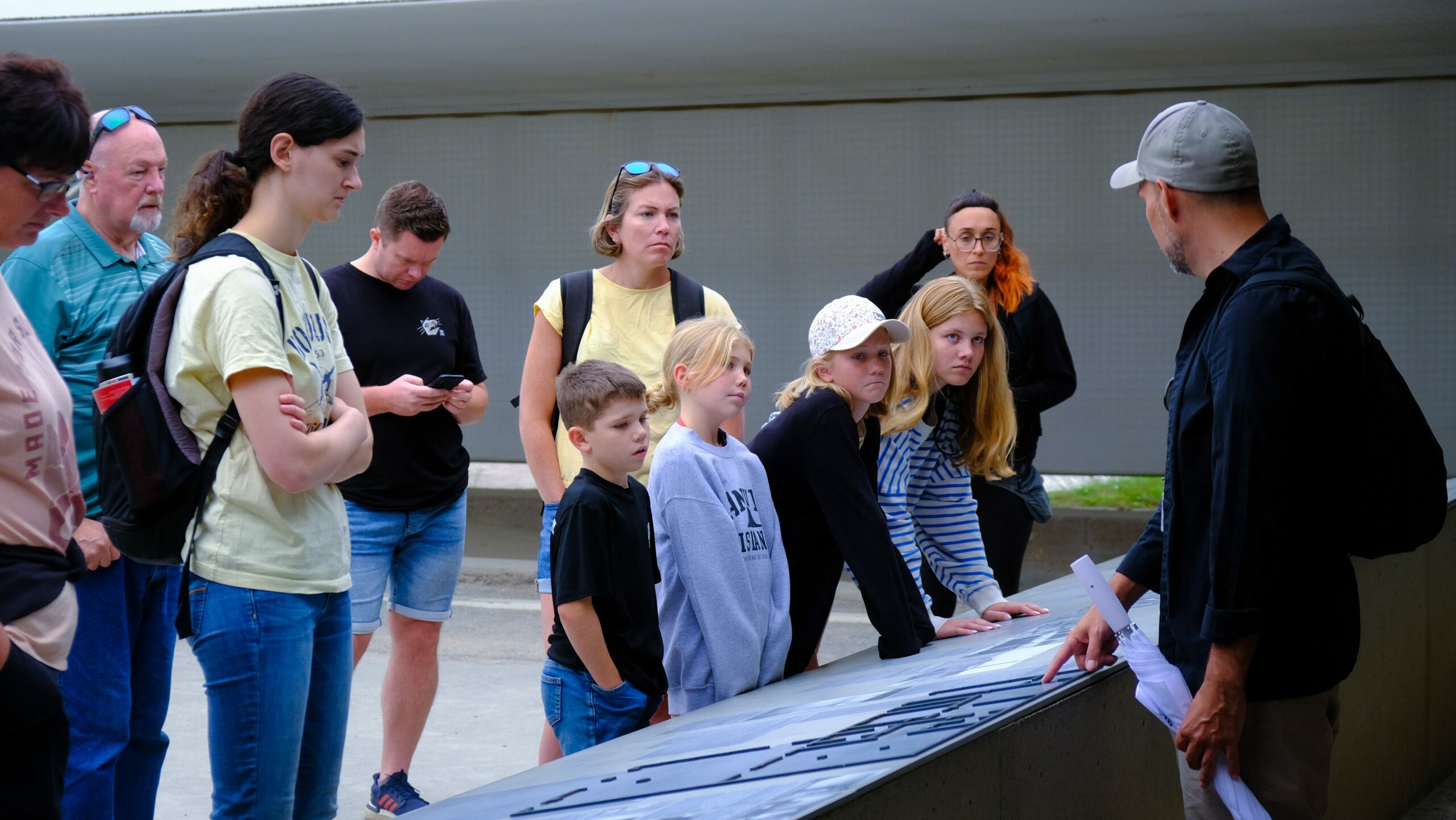Introduction
Visiting a concentration camp is not just a touristic experience; it is a deeply emotional and historical journey. As a first-time visitor, it is essential to approach this experience with sensitivity and knowledge. This blog post aims to guide absolute beginners who are planning to visit a concentration camp, providing valuable information to ensure a meaningful and respectful visit.
Research and Preparation
As such, it is necessary to do research before going for the concentration camp. To begin with, you should select the particular camp where you have historical passion, for instance, Auschwitz –Birkenau or Dachau. Some other way of getting better knowledge is to read books, articles as well as watching documentaries connected with the camp and its background.
Camp’s operating hours, any limitations and the availability of a guided tour should be learnt on the official web-site of the camp. It is advisable to check whether a certain camp allows drop-in visits and if not, book a certain time and day in advance.
Emotional Readiness
It will still be very moving to even visit a concentration camp. Think about how you might feel, it is normal to feel sad, angry or in disbelief and have low disease activity. Speak to people who can understand your experiences and/or interact with you during and after the visit.
What to Bring
When visiting a concentration camp, there are a few essential items you should bring:
- Comfortable clothing and shoes: They walk for long hours, therefore, should dress appropriately.
- Respectful attire: Arrive dressed politely by wearing clothes that cover most of your body. Do not dress vulgar or inappropriate clothing.
- Water and snacks: Make sure to have your water with you and light food so that you do not get tired quickly.
- Camera (if allowed): Recoding policies are different for each camp, so its better to check with the camp administration to take photographs.
- Notepad and pen: If, for some reason, jotting down notes or engaging in self-analysis is desired, it’s useful to have paper and pencil.
During Your Visit
You have to keep in mind that you’re stepping into a place where loss and pain is evident. During your visit:
- Be respectful: Be quiet and serious. Other actions like laughing or even taking selfies should not be done.
- Listen to the guide: If they are doing a guided tour, it’s important that you listen and follow a guide’s instructions. They shall help in giving key history of the camp.
- Observe the rules: The rules and restrictions that can be observed in the camp should always be followed. The other is regulatory which he sites are meant to be preserved as well as to honor the victims who lost their lives during the tragedy.
Reflection and Aftercare
Finally, investing time in your visit, try to think about what kind of impression you have got. Permit yourself to go through these emotions here and now and don’t be afraid to call for help. Try perhaps writing in a diary, blogging, or discussion with friends, or group members or a therapist.
Remember that going to a concentration camp was the first step only. Design your life: utilize the story learned from your experience to expand knowledge about history and rights as well as advocating for tolerance and acceptance.
Conclusion
A visit to a concentration camp can be a life-changing experience that deepens your understanding of history and humanity. By conducting thorough research, preparing emotionally, and approaching the visit with sensitivity and respect, you can ensure a meaningful and respectful experience.
Remember, the visit is an opportunity to honor the memory of the victims and contribute to preventing such atrocities from happening again. Take what you learn and actively promote compassion, understanding, and tolerance in your own life and within society.




